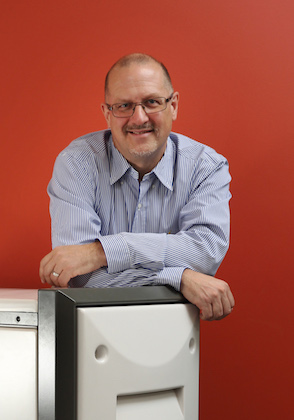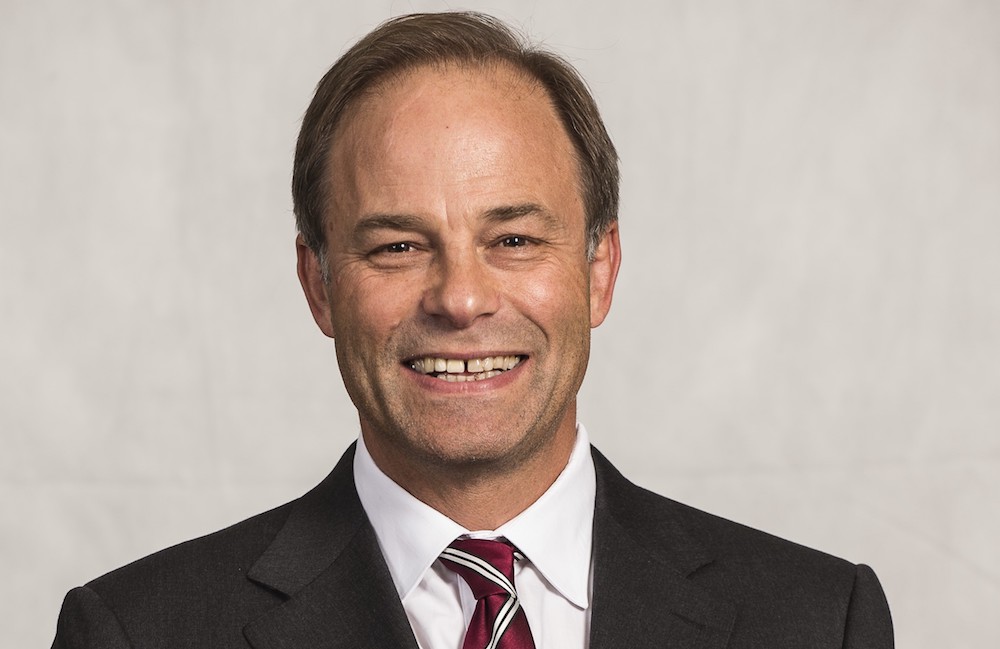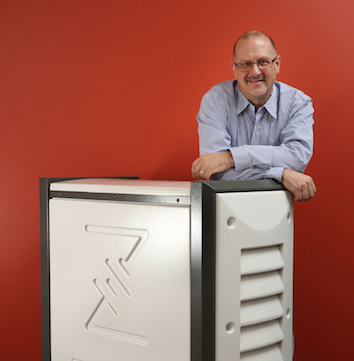Redflow

About Redflow
Redflow Limited, a publicly-listed Australian company (ASX: RFX), produces small 10kWh zinc-bromine flow batteries that tolerate daily hard work in harsh conditions. Redflow batteries are designed for high cycle-rate, long time-base stationary energy storage applications in the telecommunications, commercial & industrial and high-end residential sectors, and are scalable from a single battery installation through to grid-scale deployments. Redflow batteries are sold, installed and maintained by an international network of energy system integrators. Redflow’s smart, self-protecting batteries offer unique advantages including secure remote management, 100 per cent daily depth of discharge, tolerance of high ambient temperatures, a simple recycling path, no propensity for thermal runaway and sustained energy delivery throughout their operating life.
- Details
- In Redflow
- /

Redflow CEO Simon Hackett said Tesla’s ambitious pitch demonstrated the growing maturity of energy storage systems. “We believe that batteries have an integral role to play in the successful exploitation of renewable energy sources,” he said.
“Elon Musk’s promise to deploy 100 MWh of batteries for SA in 100 days is a big challenge, even for a US$40 billion company like Tesla. Redflow, which by contrast is a A$90 million company, is not configured to produce the required volume of batteries in the proposed timeframe.
“The issue here is not Redflow versus Tesla, it is about renewables and energy storage demonstrating their capacity to technically and affordably replace fossil fuels. I’d love to see a system of that scale running on the South Australian grid as soon as possible.”
For media assistance, call John Harris on +61 8 8431 4000 or email john@impress.com.au.
- Details
- In Redflow
- /
 New Redflow board member David KnoxAustralian energy storage specialist Redflow Limited has recruited former Santos Managing Director and CEO David Knox to its board of directors as the company starts a pivotal year.
New Redflow board member David KnoxAustralian energy storage specialist Redflow Limited has recruited former Santos Managing Director and CEO David Knox to its board of directors as the company starts a pivotal year.
As a non-executive director, Mr Knox will contribute valuable international business skills to Redflow from his eight years leading Santos and, before that, senior roles globally with BP, Shell and ARCO.
Mr Knox, who also sits on the board of CSIRO, said he was attracted by Redflow’s battery technology. “It has the potential to affect change in the way we use energy, both for individuals and families at home and also for small businesses and telcos,” he said.
“The beauty of this battery is it has a real role to play in stabilising our energy supply system as batteries become more widely used. We need to get much better at storing energy if we want to reduce our carbon footprint while continuing to provide affordable, reliable energy supplies.”
- Details
- In Redflow
- /

Australian energy storage specialist Redflow Limited has welcomed news that Victron Energy’s MultiGrid 48/3000 battery inverter is now approved for connection to the Australian electricity grid.
The MultiGrid 48/3000 is a version of Victron’s popular MultiPlus 48/3000 inverter enhanced to meet the AS/NZS4777.2:2015 standard for grid connection of energy systems via battery inverters.
ASX-listed Redflow (ASX:RFX) produces Australia’s unique ZCell zinc-bromine flow battery which works with a range of battery inverters including Victron, Selectronic, Redback and GoodWe.
Redflow CEO Simon Hackett said the availability of the Victron MultiGrid 48/3000 inverter for grid-connected battery systems was good news for consumers. “Victron inverters are easy to configure, they work beautifully with ZCell and they are competitively priced,” he said.
More News...
- Redflow charges into Asian telecom markets (07 February 2017)
- Redflow extends battery warranty to 10 years (30 January 2017)
- Redflow extends ZCell installer coverage (05 December 2016)
- Simon Hackett reveals home battery benefits (30 November 2016)
- Battery builders break into two camps says Hackett (02 November 2016)
- Conservation SA installs first ZCells for office (21 October 2016)
- First ZCells installed at off-grid Willunga property (18 October 2016)
- Redflow receives 48-ZCell order from Standard Solar (30 September 2016)
- Redflow unveils national ZCell installer coverage (20 September 2016)
- Redflow announces new CEO and COO (05 September 2016)
- Buy back FITs to start battery boom: Redflow (15 June 2016)
- Redflow debuts ZCell at energy storage show (31 May 2016)
- Redflow simplifies batteries with new management system (30 May 2016)
- Redflow launches ZCell home energy storage system (30 March 2016)
- Tech veteran Patrick Tapper joins Redflow board (24 March 2016)
- Redflow unveils battery lab in Adelaide (08 March 2016)
- Redflow ready to roll out residential batteries by mid-year (11 February 2016)
- Redflow powers up for battery battleground (18 November 2015)
- Redflow to miners: Store energy to cut costs (11 November 2015)
- Redflow extends reach to now include home and SME market (26 August 2015)
Off the Cuff

Simon Hackett speaks about Formula E racing on ABC Radio Adelaide
Australian renewable energy investor Simon Hackett last week spoke to Radio ABC Adelaide's Afternoons host Sonya Feldhoff about the benefits for replacing the cancelled Adelaide 500 motor race with a...
Read more
Seven simple steps for mental health in time of coronavirus
After the summer bushfires, the coronavirus pandemic and associated economic shutdown, “unprecedented” must be a standout favourite for Macquarie Dictionary’s Word of the Year for 2020. For the first time...
Read more
John Harris talks (a bit) about International Albinism Awareness Day on ABC Radio
John Harris, who has the honorary role of PR guy for the Albinism Fellowship of Australia, was interviewed by Peter Goers on the Evenings show of ABC Radio Adelaide on...
Read more
Start-ups are key to the future of everything
Nigel Lake, Executive Chair of global business advisory firm Pottinger, will tell this week's Myriad start-ups festival in Brisbane, running May 16-19, that Australia needs start-ups to protect its prosperity. Pottinger...
Read moreContact
Impress Media Australia
P: +61 8 8431 4000
E: john@impress.com.au
W: www.impress.com.au
Street:
Impress Media Australia
313 Portrush Road,
Norwood SA 5067
Click here for our location
Postal:
Impress Media Australia
Box 95, Kensington Park
South Australia 5068
